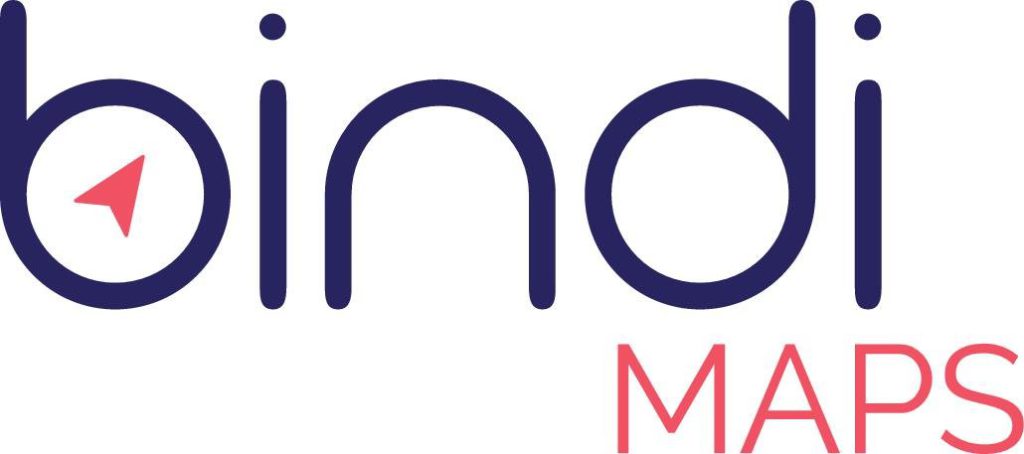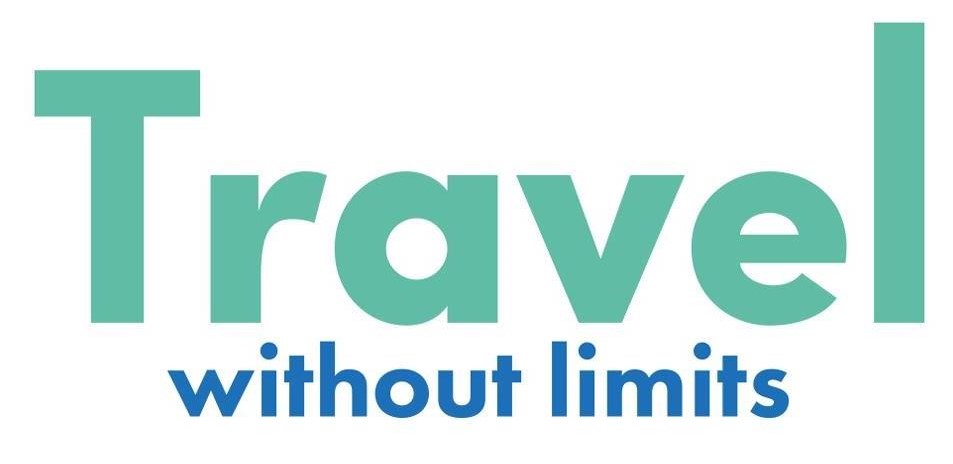Best Practice in Accessible & Inclusive Tourism
AITCAP 2021 has kicked off as a jam-packed experience featuring industry-leading insights, valuable connections, accessible chat bots, prizes and we’re just getting started!
We’ve gathered some highlights for you!
📜 QUOTE OF THE DAY
"There's no doubt that we need to really embed access and inclusion, to bring about a cultural change in the industries that feed tourism"
Simon Darcy
✈️ KEY TAKEAWAY
Not only is accessible & inclusive tourism becoming an industry-wide best practice but it’s fundamental to future-proofing businesses in this sector, from both an employment and customer acquisition standpoint.
John O’Sullivan set the tone of the day by stating: “Accessibility is not something we treat separately, it’s something we treat as we would any normal customer, albeit there’s some different logistical and operational variances that happen around it.” The panel discussion opened with Simon Darcy, Ivor Ambrose and John O’Sullivan providing Best Practice in Accessible and Inclusive Tourism.
In 2019 the bar for accessibility and inclusion was raised internationally, thanks to the European Accessibility Act. Ivor Ambrose reminded us that “Even if you don’t have this legislation in your country, your visitors will be expecting to get the standards that they get at home“. Ambrose emphasised the importance of not only broadcasting your accessibility features publicly, but training staff accordingly. “The people who are taking the bookings on the telephone….they should know about the accessibility of their business, and they will capture maybe not just that one person who has a disability, but the whole group that’s coming with them.“
Accessible and Inclusive tourism goes beyond customer service and into HR as a fundamental part of employee attraction and retention. “Today, about 15 to 16% of our entire 5,500 employee base are what we call “opportunity disabled Indians” or “opportunity deprived Indians”” Aradhana Lal shares. Lemon Tree Hotels have developed an inclusion model called the Seven Pillars of Inclusion that starts at the very top of the company and is deeply embedded into the HR strategy.
For many small businesses the costs associated with building accessibility facilities, training staff and marketing accessibility & inclusion may seem unfeasible. Chris Veitch acknowledges these concerns and suggests the return on investment greatly outweighs initial costs. “Research shows that these costs will not only be recovered, but will result in market growth… by increasing the visibility and reputation of tourism destinations, and give a competitive edge to operators.”
Yes, becoming a more inclusive and accessible business may be a process but it doesn’t have to be hard.
The secret to applying best practice in accessible & inclusive tourism is simply to listen. “Don’t be afraid to ask people with a disability what they want, they’ll be delighted,” says Carolyn Childs. Geoff Trappett echoes the importance of working together with people with disabilities in a co-design process by stating that, “The last thing you want to be doing is only talking to your disabled customers when you want something from them. You want them to know that they’ve been engaged in the good and the bad…you’re not just going to them for help when things get too hard.”
Carolyn Childs admits that businesses do not have to have all the answers, but taking a step forward towards a more inclusive and accessible world is essential. “Admit that you’re vulnerable, admit that you’re on the journey, people will get that, if you are humble and honest about it.“
Missed it?
Want more?
Register for Days 2, 3 & 4
Continue the conversation with #AITCAP21
Join the GetAboutAble community








